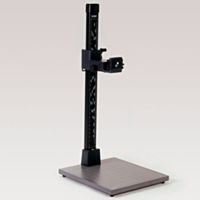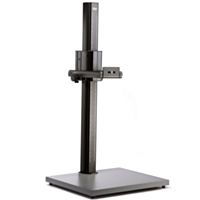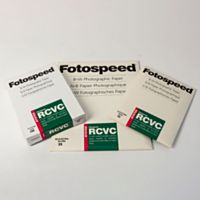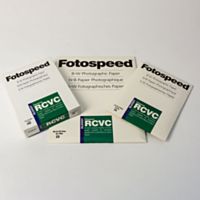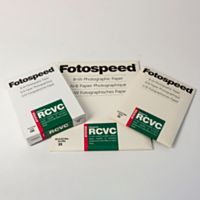How To Capture Sunset Landscapes by Harry Newton
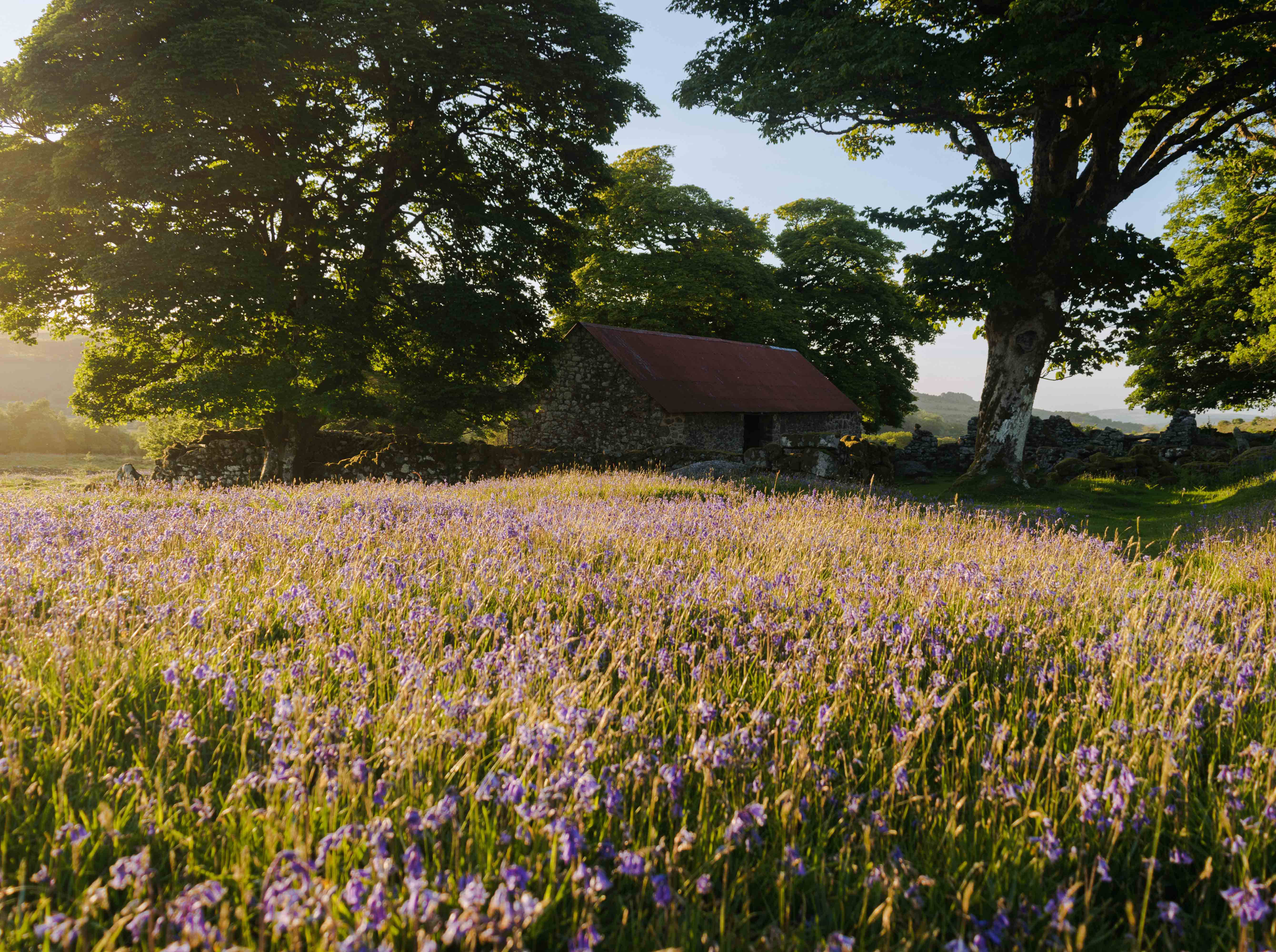

As part of this month’s theme of ‘sunrise/sunset photography’, #PowerOfPrint enthusiast Harry Newton shares his knowledge and experience in planning, capturing, editing and printing sunset landscape photographs.
How To Plan A Sunset Shoot
|
The first priority when it comes to capturing landscapes at sunset lies in the preparatory work to ascertain a suitable location and, if applicable, a suitable time of the year. Location and subject matter vary but it is a good idea to consider views towards the south and west since this is the direction which the light will be coming from. Moreover, the soft, evening light is well suited to scenes which include layers and depth as this will be accentuated by the contrast formed by the low angle of the sun. Consequently, locations may include coastlines, mountains and open, rolling countryside. Important aspects to consider include the weather forecast, the surrounding topography of the chosen location and the time at which the sun will set. The topography is important since the specific place the sun sets differs over the year. At certain times, the light at sunset may be obstructed by cliffs or hills and not at others. Another important planning detail is the time required to hike to the location if this is necessary. The gear required for sunset photography does not differ from other forms of landscape photography so filters such as a polariser, especially if shooting with side lighting with the sun at approximately 90 degrees, may be useful alongside a tripod. A tripod is especially useful as it allows for a low ISO to be used as light levels drop. |
 |
What To Look For On Location
Firstly, make sure not to look directly at the sun when photographing sunsets as this will damage the eyes. A good practice is to arrive at the location with plenty of time to spare, ideally at least two hours before sunset. So plan accordingly, making sure to include time to hike to the area if necessary.
Whilst on the way to the final sunset location, look for smaller, more detailed compositions or those involving patterns and textures. Most importantly, during this period it is beneficial to observe how the sunlight interacts with the landscape. By taking the time to observe the changing light and where it falls, more potential compositions can be found. At this stage it is also useful to predict where the sun will set in order to begin to think about the compositions for sunset.

How To Find The Best Compositions For Sunset
Having arrived at the final location you will need to look for ideal compositions for your sunset landscape. Initially, factor in the following points to make a start:
- the landscape’s prominent points,
- layers to add depth,
- and the balance of the composition’s elements in terms of visual weight.
Visual weight can encompass size in the frame, colour and tone. Having the time to be able to do this is especially important at a new and unfamiliar location.
Further compositional techniques to be mindful of include giving thought to the elements of the image which can be removed from the composition, as opposed to trying to include everything visible from the viewpoint in one image, together with checking the edges of the frame for unwanted elements protruding into the image, a stray branch for example. Side lighting with the sun just off to either side of the frame can be an effective way of shooting towards the sunset. However, be conscious of lens flare and block the glare from the sun if this is undesirable.

How To Take Sunset Photos
Firstly, maximise the ability to draw out the most detail by shooting sunset landscapes in RAW. Once a composition has been decided upon, experiment with small movements of the camera to continue to finesse the image. This is easier to do with the camera on a tripod.
Continue to bear in mind the earlier point of looking to exclude elements and zooming in to check the edges of the frame. Small changes either left, right or in the height of the camera can have a significant impact on the overall effectiveness of a composition.
When shooting at sunset the histogram is one of the most important aspects to consider in order to ensure that the best exposure possible is achieved. Expose towards the right of the histogram to retain as much detail as is possible whilst being mindful not to blow out the highlights of the image.
If the desired dynamic range cannot be fulfilled with a single exposure then bracketing exposures may achieve this. However, if the sun is included within the frame blowing out some of the highlights is inevitable and can be managed within the editing process.
In terms of the camera settings for photographing at sunset, manual mode, shutter-priority or aperture-priority are good options in order to retain control over the exposure. Nevertheless, it is important to constantly check the histogram and adjust shutter speed or ISO as light levels change rapidly as the sun sets to avoid under-exposed images.

How To Edit and Print Sunset Landscapes
 |
The same principles as most landscape photographs apply to sunset images. However, at sunset particular importance can be placed upon the white balance and the treatment of colours. Local adjustments, using masks and brushes, allow for greater control over the edit, in particular dodging and burning specific areas of the image will draw the eye towards the subject. For example, darkening the foreground will encourage the viewer to focus on the sunset in the background. At sunset, radial masks can be used to soften the light from the sun by applying small amounts of dehaze and small increases in exposure to give greater levels of graduation to the light in the image. There are a few important factors to consider when printing sunset images. Firstly, it can be useful to set the background of editing software to white to replicate the image when printed. Moreover, through the use of ICC profiles (which can be downloaded for printers and papers) the image can be further edited to ensure the final printed version accurately reflects the image on the screen. The calibration of the computer’s monitor is also important at this stage. You can locate profiles here. Finally, the choice of paper is critical since the type of paper has an impact on how the image will appear when printed. For example, an image with a painterly and soft edit may look better on a more textured paper such as Fotospeed Natural Textured 315. |
To conclude, photographing sunset landscapes retains many of the principles of any other landscape photography trip. Planning and preparation are fundamental to the success of the shoot. Once at the location pay careful attention to the changing light and continue to focus on the compositions in order to maximise the location and conditions.
For more of Harry Newton’s work take a look at his website www.harrynewtonphotography.co.uk or follow him on Instagram: @harry_newtonphoto and Twitter: @hnewtonphoto
Want to learn more about sunset, landscape, wildlife or other types of photography? Sign up to our newsletter for the latest insights from the experts at Fotospeed!
You can also check out some of our other blogs for more tips and tricks.



